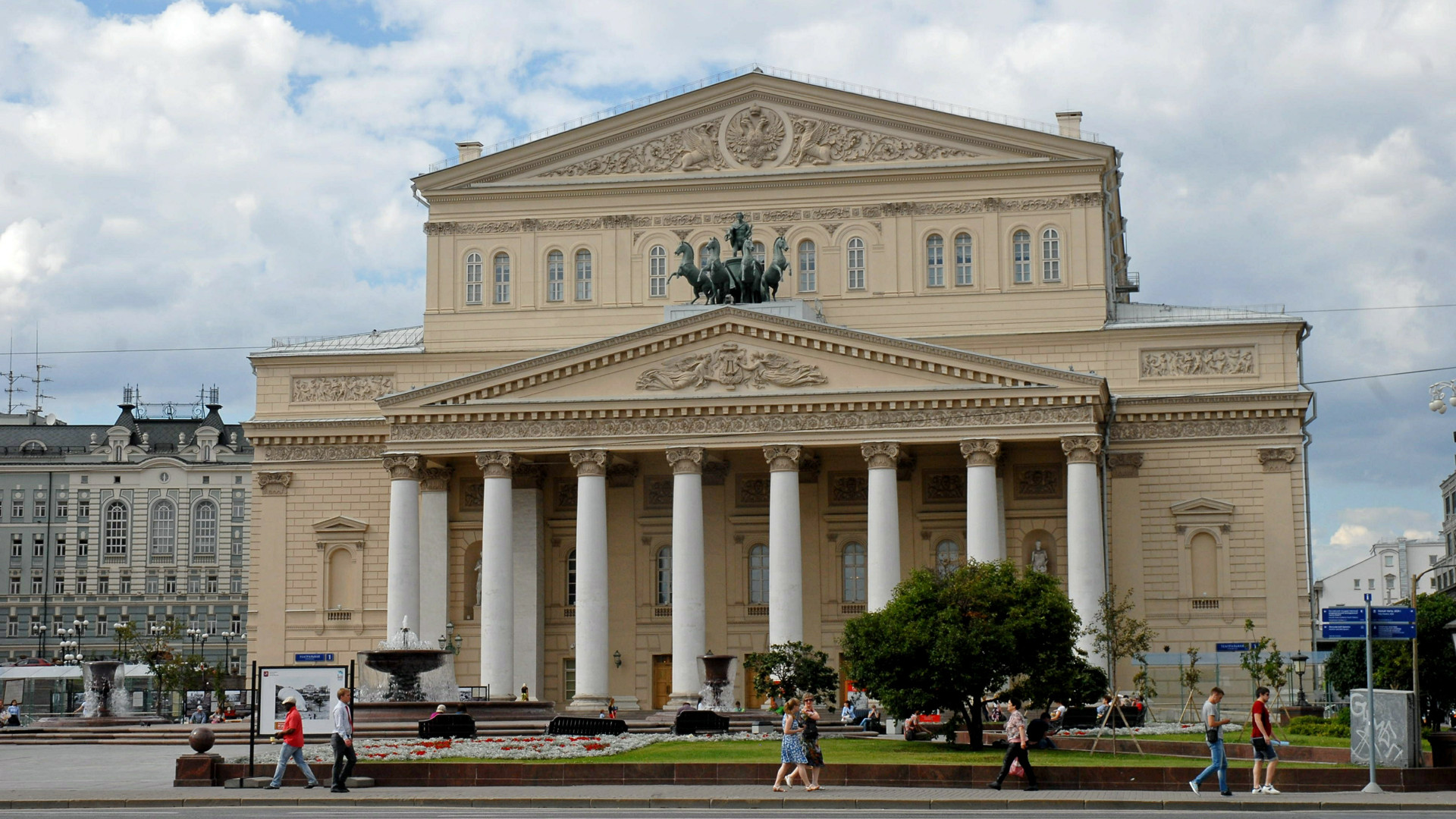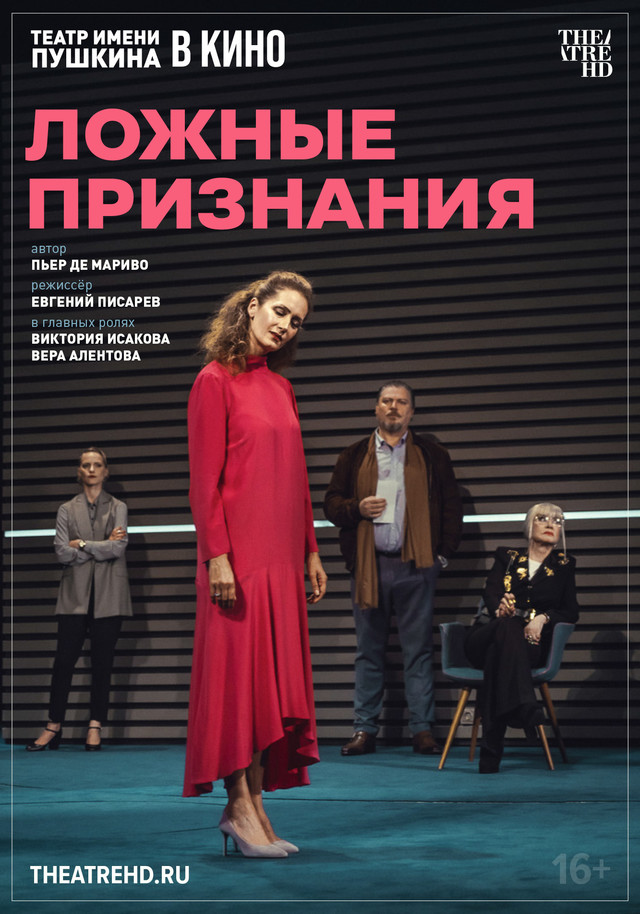Bach in the Church and at Home Lion’s share of Johann Sebastian Bach’s tremendous heritage is made of sacred music. It is connected not only to his certain type of personality, but also directly correlated with his professional career: most of his life, Bach was holding the position of cantor at different large churches. Besides music composition, which he had to deliver on a monthly basis according to his contract, sometimes even weekly, he was also fulfilling duties of organist during service. Moreover, he was teaching choristers and conducting chorus and orchestra. All his life was devoted to Lutheran Church, and eventually, sacred music laid the foundation for his work.
The Bolshoi Theatre opera and orchestra soloists will present program called Bach in the Church and at Home. Fragments from his sacred works will be performed – smaller (cantatas) and bigger ones (St Matthew and St John Passion, Magnificat, and The Christmas Oratorio, which fits perfectly to a present moment), and five numbers from Notebook for Anna Magdalena Bach/Notenbüchlein für Anna Magdalena Bach.
Cantatas belong to one of the vastest creative areas of Bach’s heritage. To this day, around two hundred cantatas are known – no less than several dozen are considered lost. Bach created his first cantatas practically in adolescence, during his first places of work in Mühlhausen. However, larger portions of his cantatas were written during later, so-called Leipzig period. Bach was appointed as Thomaskantor (Cantor at St. Thomas) of two big churches at the time – St. Nicholas Church and St. Thomas Church. His various duties included composition of a new cantata for every Sunday service and for every church festival. All these cantatas were learned and performed by school chorus of St. Thomas Church for boys, where Bach was teaching. Cantatas consist of alternation of chorus, ensembles and solo numbers. Solo numbers – arias – will be a part of our concert.
St Matthew and St John Passion belong to the deepest and most tragic compositions not only in the work of Bach, but across all world music literature. Passion’s genre is one of the oldest genres of Church music. This composition for chorus, orchestra and soloists, based on the Gospel and narrates about the last days of Christ’s life on earth and crucifixion. According to obituary, written by Bach’s son Carl Philipp Emanuel Bach and his son-in-law Johannes Agricola, Bach wrote five Passions. However, only two remained the whole. Three shrill arias are included in the concert. The meaningful center of the evening will be aria Es ist vollbracht – golden ratio of the program.
Magnificat is composition that was designated for one of the most honored feast by Lutheran of Bach’s time: the Visitation of the Blessed Virgin Mary. The text of the canticle is taken directly from the Gospel of Luke: Virgin Mary has already received good news, being pregnant, she pays a visit to her relative Elizabeth. After Mary greets Elizabeth, who is pregnant with John the Baptist, the latter moves within Elizabeth's womb. Elizabeth rejoices, and Mary responds with what is now known as the Magnificat (“My soul doth magnify the Lord”). It underpins Magnificat: each number is based on a separate and small fragment from the text. This incredibly large-scale and festive composition became epic doxology to Savior from J.S.Bach, faithful Christian. All his music - secular and sacred - is reflection of his deep faith.
Concert will be finished by two arias from The Christmas Oratorio, the largest of Bach’s oratorios, and perhaps, the lightest and the most solemn music composition devoted to Birth of Savior. This grand canvas consists of six parts – cantatas, and they are compiled from Bach’s earlier compositions. It is quite interesting that some of them used to be secular pieces. United by the Genius of Bach, it became a real ‘theology of Christmas’ in music.
Natalia Abryutina
Translated by Anna Muraveva

